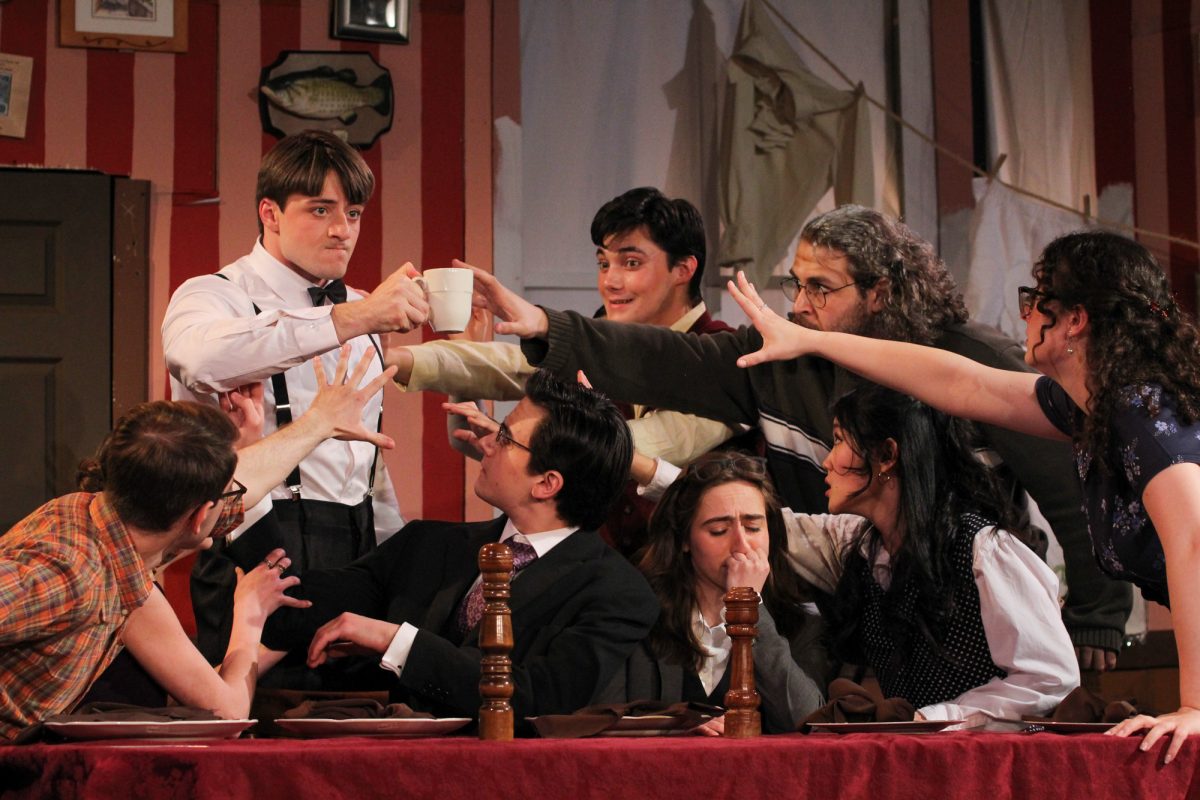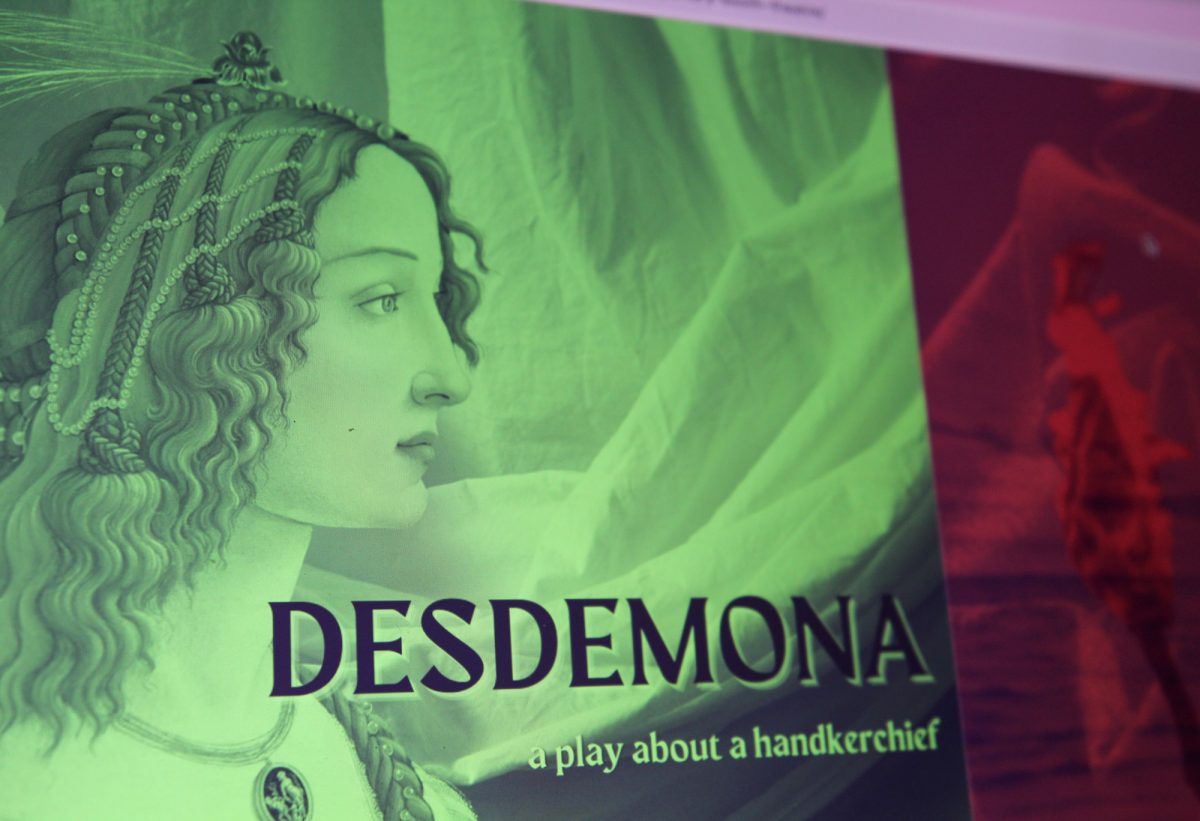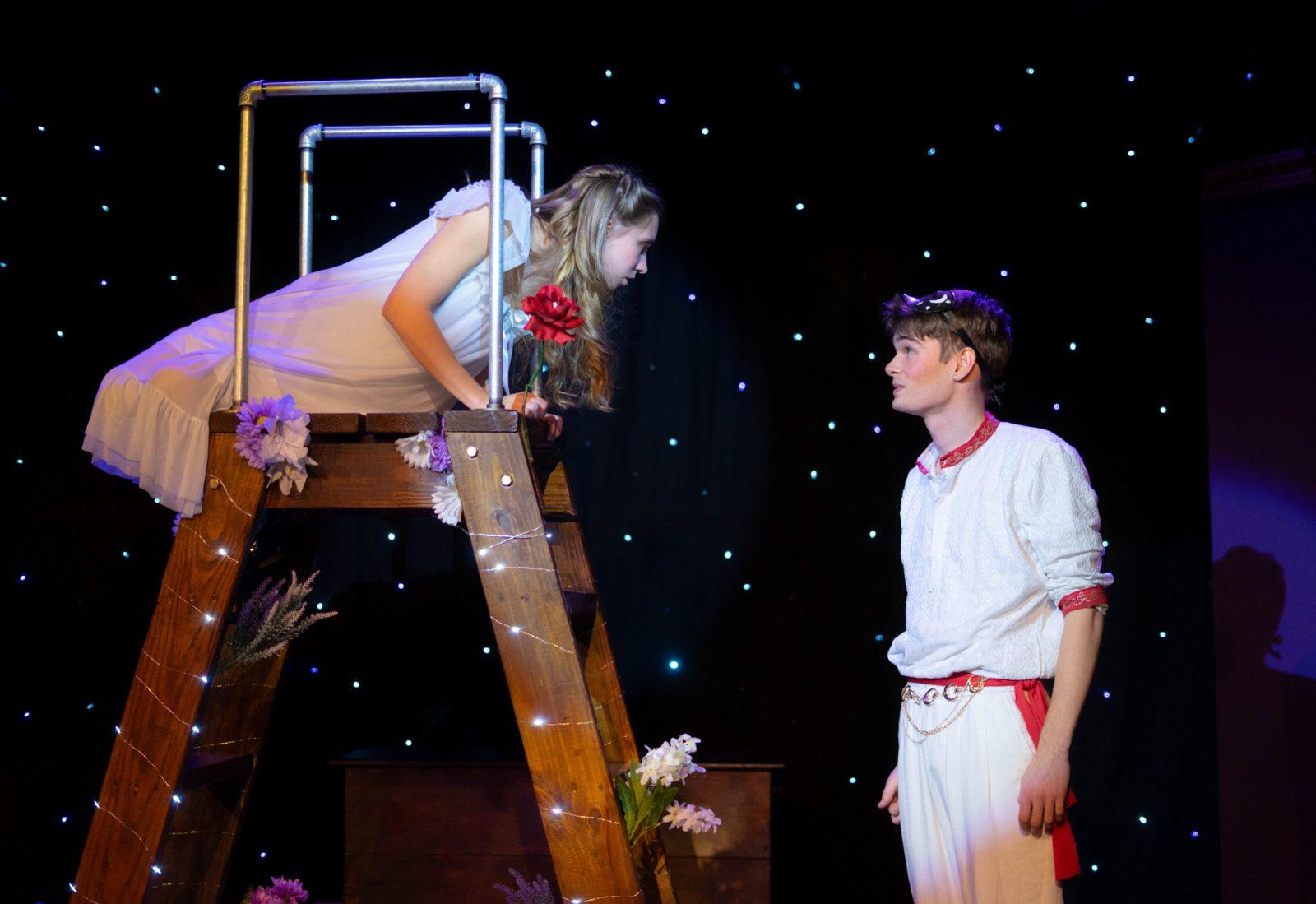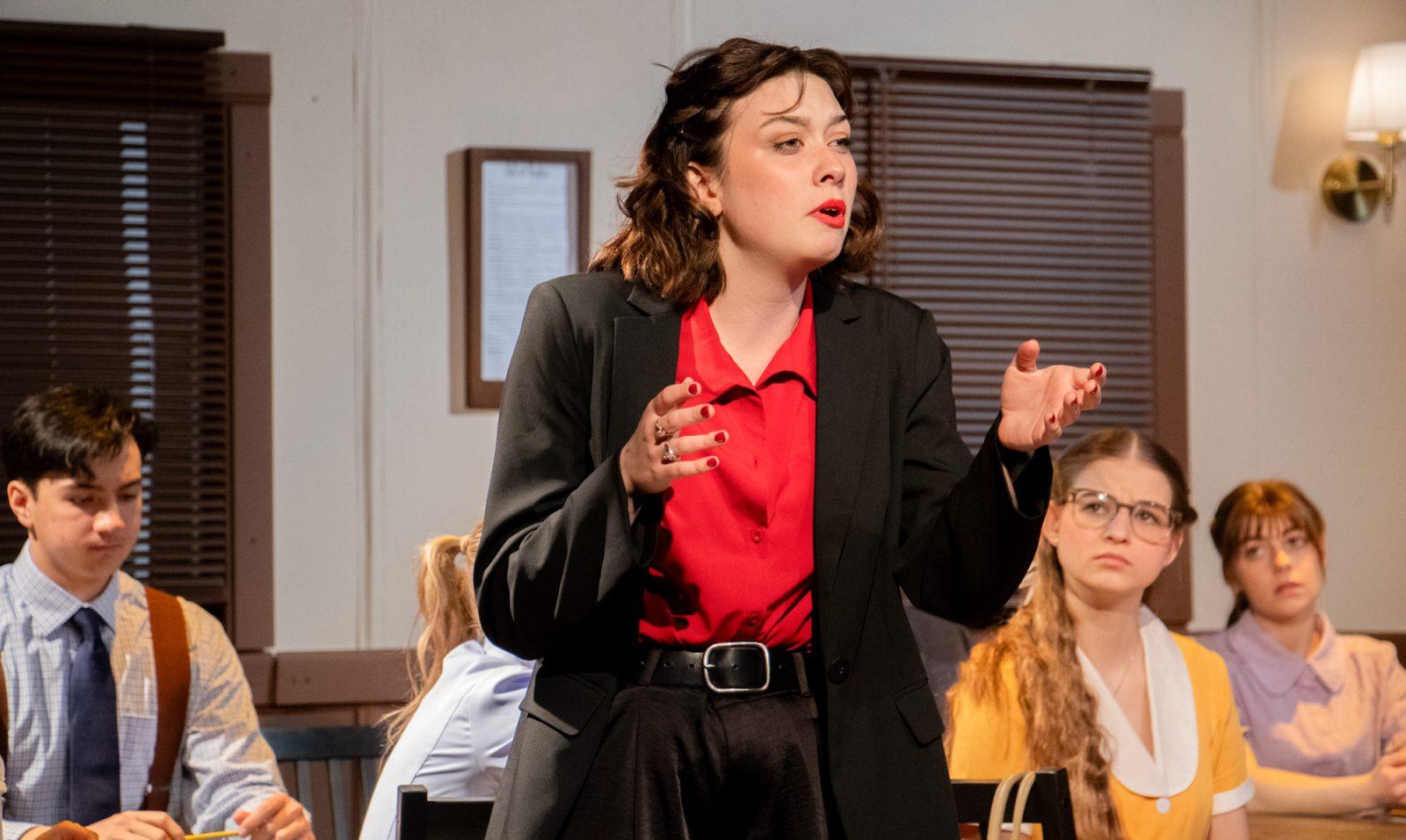Macbeth lies in his quarters, Lady Macbeth has just killed herself out of guilt. He weeps, kneels and proclaims “she should have died hereafter … to-morrow, and to-morrow and to-morrow.”
Shakespeare’s “Macbeth” is one of the greatest — if not the pinnacle — of tragic tales of guilt and corruption, best remembered by its infamous soliloquies and drama. With such a reputation, the prominence the play has on the silver screen can be pre-established, having been adapted to film a multitude of times.

Akira Kurosawa’s “Throne of Blood,” for example, a fantastic film that I deem better than “Seven Samurai,” is one of the many prime examples of such an excellent adaptation. Joining those ranks is Justin Kurzel and his 2015 rendition of “Macbeth.”
Starring Michael Fassbender and Marion Cotillard as the Macbeth clan, “Macbeth” focuses on the quick rise and ultimate fall of Macbeth. What makes “Macbeth” unique from the very start is that Kurzel employs the original Old English from Shakespeare’s text to deliver dialogue. Given, this creates some barriers between the audience’s ears and eyes. I admit I had to turn on subtitles about 15 minutes in, but it was worth it.
Fasbender and Cotillard are frankly breathtaking, quite literally embodying the period of medieval Scotland and Shakespeare’s vision itself. The two balance each other with brawn and beauty, passion and fury, diction and complication, an overall display of acting at its finest.
What’s most appealing about “Macbeth” is in its imagery, a stunning, picturesque depiction of the beauty of the Scottish highlands presented as if they were romantic paintings. Fassbender trudges through the mud in a silhouette dance as Cotillard prays in silence to her God, surrounded by pristine stone.
The film takes on a darker color palette with heavy gray, blue, greens and blacks helping to depict the trauma and conflict seen on screen. Dark forests complement the blood flow of a fallen victim, which is almost troubling as such a scene should never be so beautiful.
It’s neither right nor wrong to appreciate the aesthetic of Shakespeare plays adapted to film. After all, the source material is a play. Shakespeare himself had no intention of ever transposing his work onto the silver screen — it simply didn’t exist back then — but the beauty of film propels said source, visually bringing to life a tragic classic.
After all, plays require actors to perform methodically with elaborate sets and designs to help transport an audience to a certain time and or setting. In a way, the film is a filmed play. Thus, Kurzel’s “Macbeth” is quite literally “Macbeth” the play itself.
However, I will say this: As great as Kurzel depicts Shakespeare’s classic, it is heavily stylized. I recognize that I sound like a broken record talking about style and aesthetics weekly, but in a time where art is becoming incredibly postmodern and versatile, it should be discussed often.
I consider slow-motion an effect that diminishes the importance and impact of a film scene. Kurzel falls victim to this several times, but I give him credit for his use of slow-motion in battle sequences. I’m a sucker for a great battle, but I cringe at a built Scot running in slow-motion at his foe.
Kurzel’s ending is quite abnormal. Without spoiling anything, Macbeth lies on the battlefield after an encounter with Macduff as Malcolm enters the kingdom. A red haze fills the screen like fire burning in a forest. The color quite literally swallows Macbeth, but it also distances the viewer from the action. Kurzel’s technique is simple to give the defeated man a proper send-off, but the outcome fails.
Regardless, Kurzel’s “Macbeth” is a hidden gem that deserves a lot more recognition than it gets.

























































































































